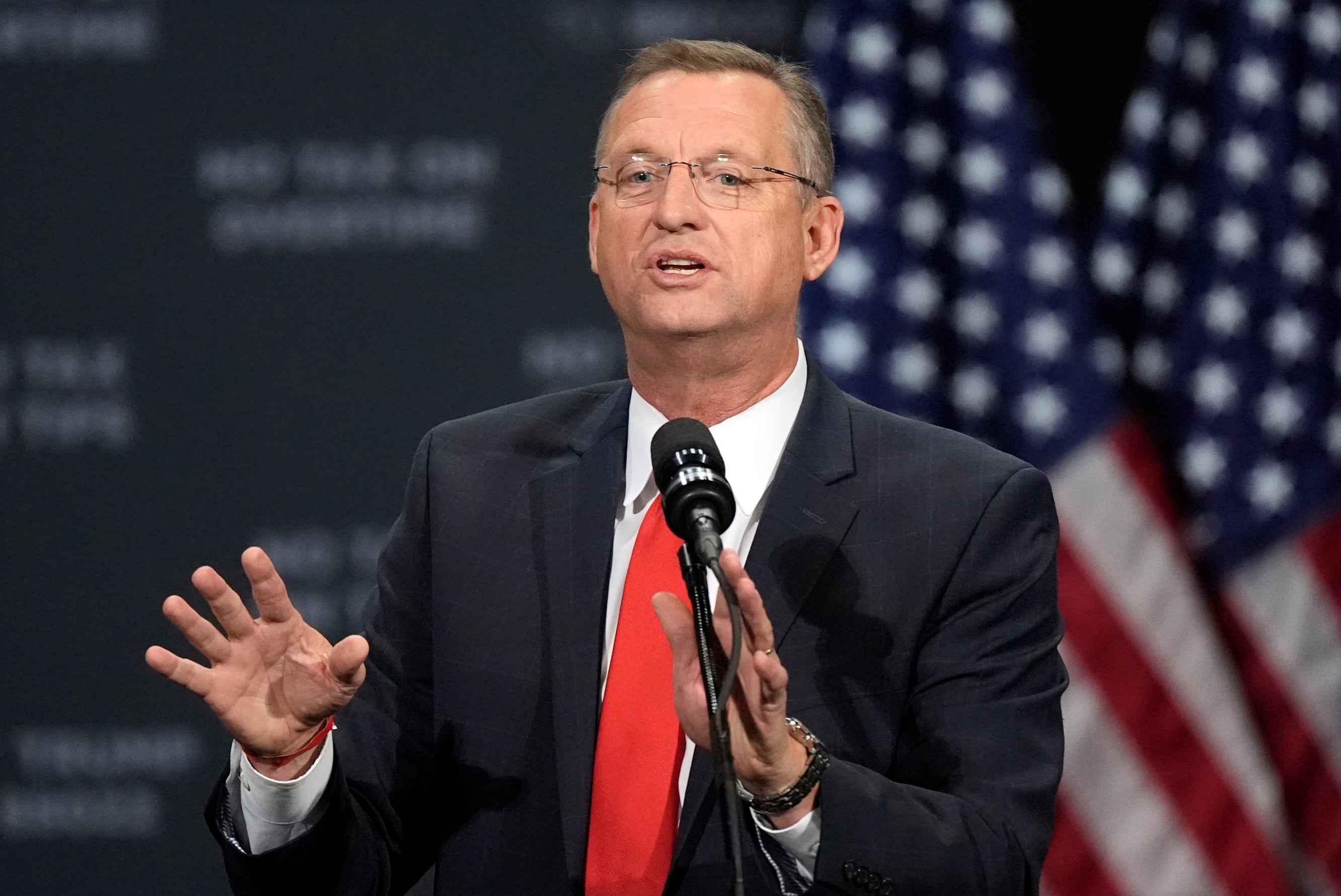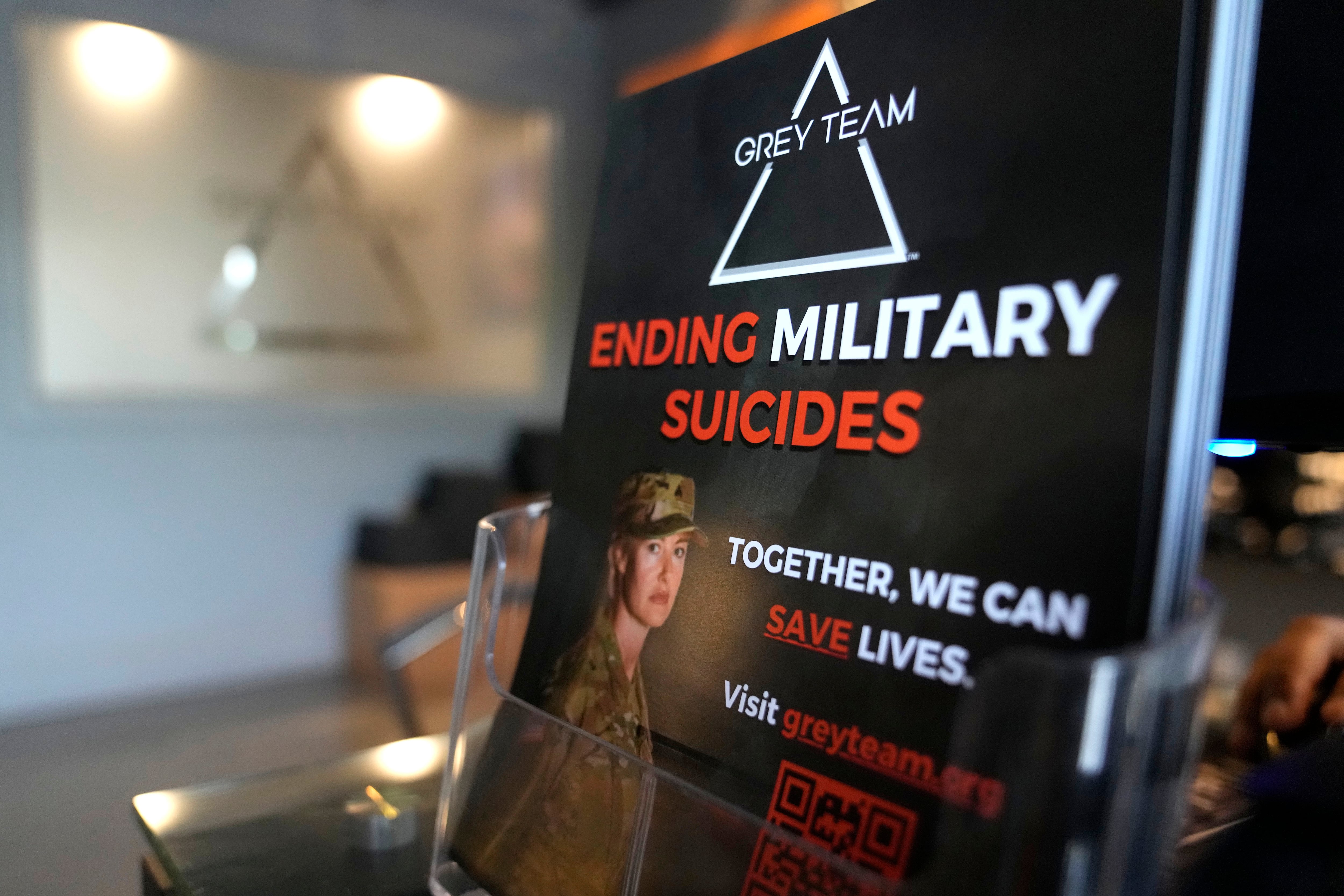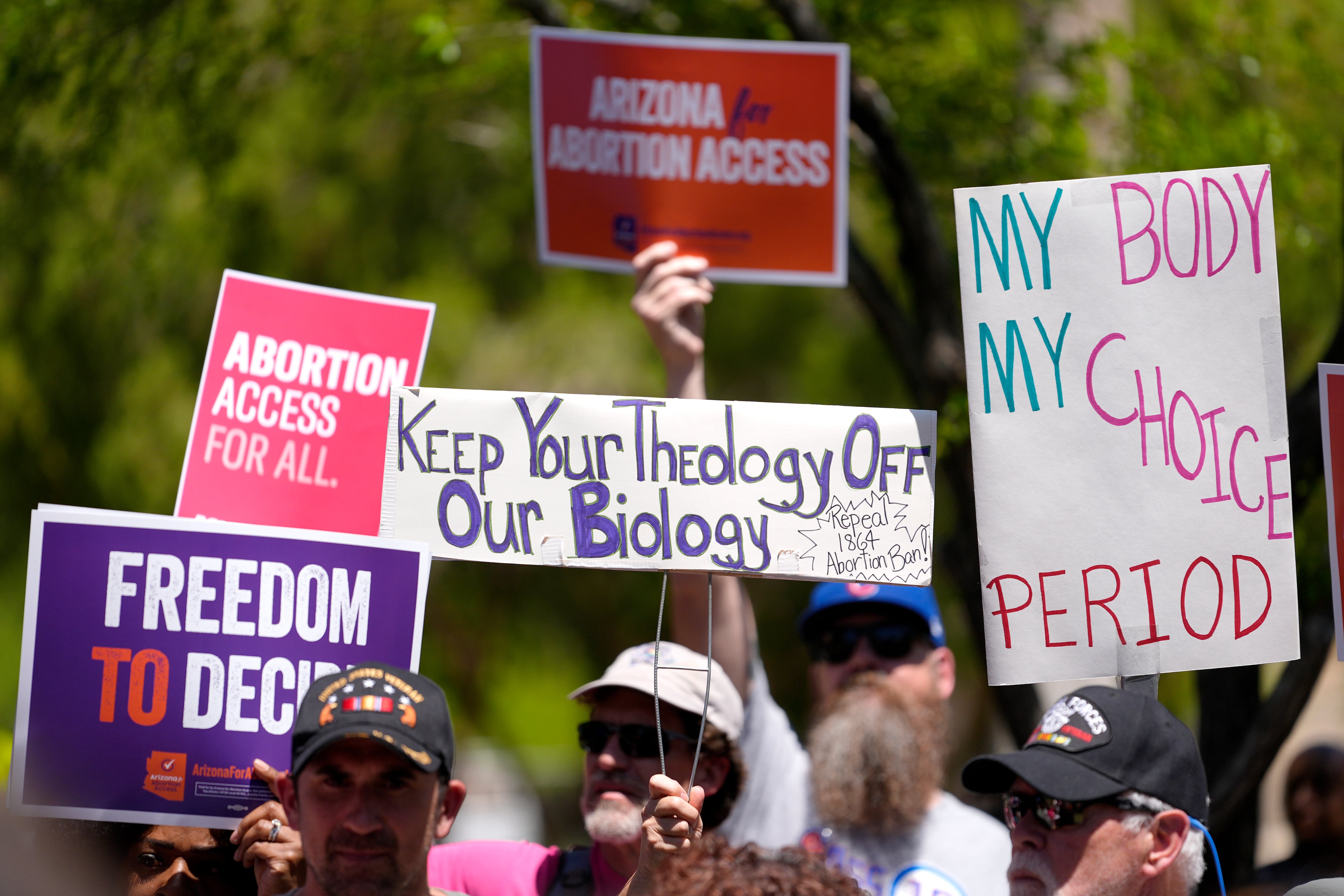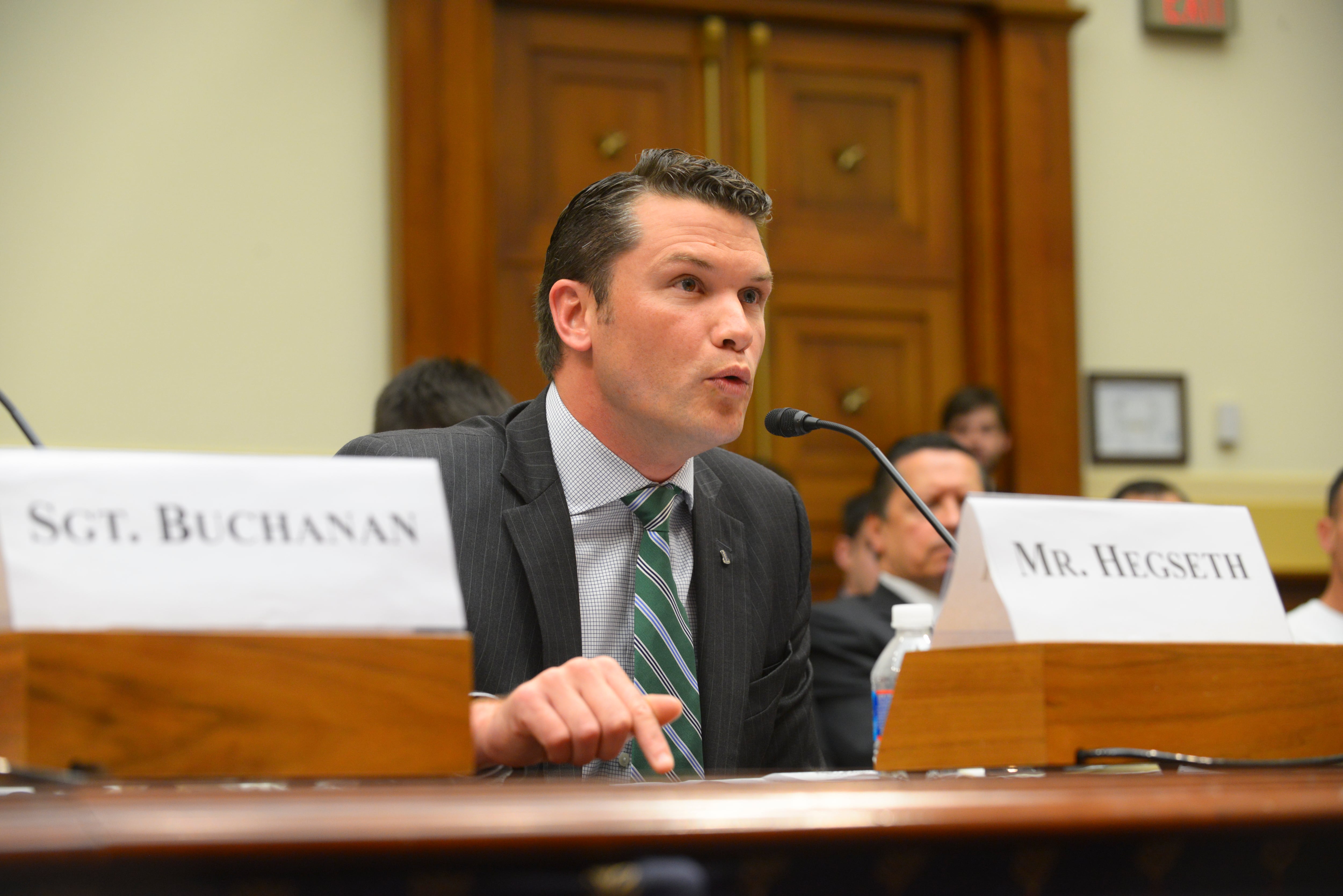NAVAL STATION MAYPORT, Fla. — The Littoral Combat Ship Squadron 2 (LCSRON 2) is, in one way, coming off a rough patch: Two of its Freedom-variant LCSs suffered major engineering failures at sea in 2020 and had to limp home from deployments to U.S. Southern Command. As the U.S. Navy realized the severity of a combining gear flaw in the propulsion system, it stopped accepting deliveries of new ships from Lockheed Martin early this year and imposed operating restrictions on the ships already in the fleet to avoid another at-sea breakdown.
But, the squadron commodore said, the formation also has seen its greatest operational achievements during that same time, conducting seven successful deployments to U.S. 4th Fleet that took hundreds of millions of dollars’ worth of drugs off the market, interrupted trafficking networks across SOUTHCOM, supported partners throughout Central and South America and pushed back against excessive maritime claims.
Capt. David Miller, who has led the squadron since late 2019, told Defense News in a Dec. 2 interview he’s confident the Freedom-variant LCS has found its place in the fleet and will expand that role as the recently approved combining gear fix is installed on ships.
Asked what it’s been like operating the eight ships in his squadron under restrictions this year, Miller said, “It really hasn’t affected us as much as people may think.”
“Yes, it lowered the overall top speed” for the ships, he said. But when the LCSs were out for training or deployments, the impact was, “from a ship’s perspective, not too much. And from an operational commander’s perspective, diesel engine is your most economical mode, so you just have to watch the operational employment of the ship more to make sure that you’re managing your fuel consumption” as the ships relied less on the diesel engine and more on the gas turbine.
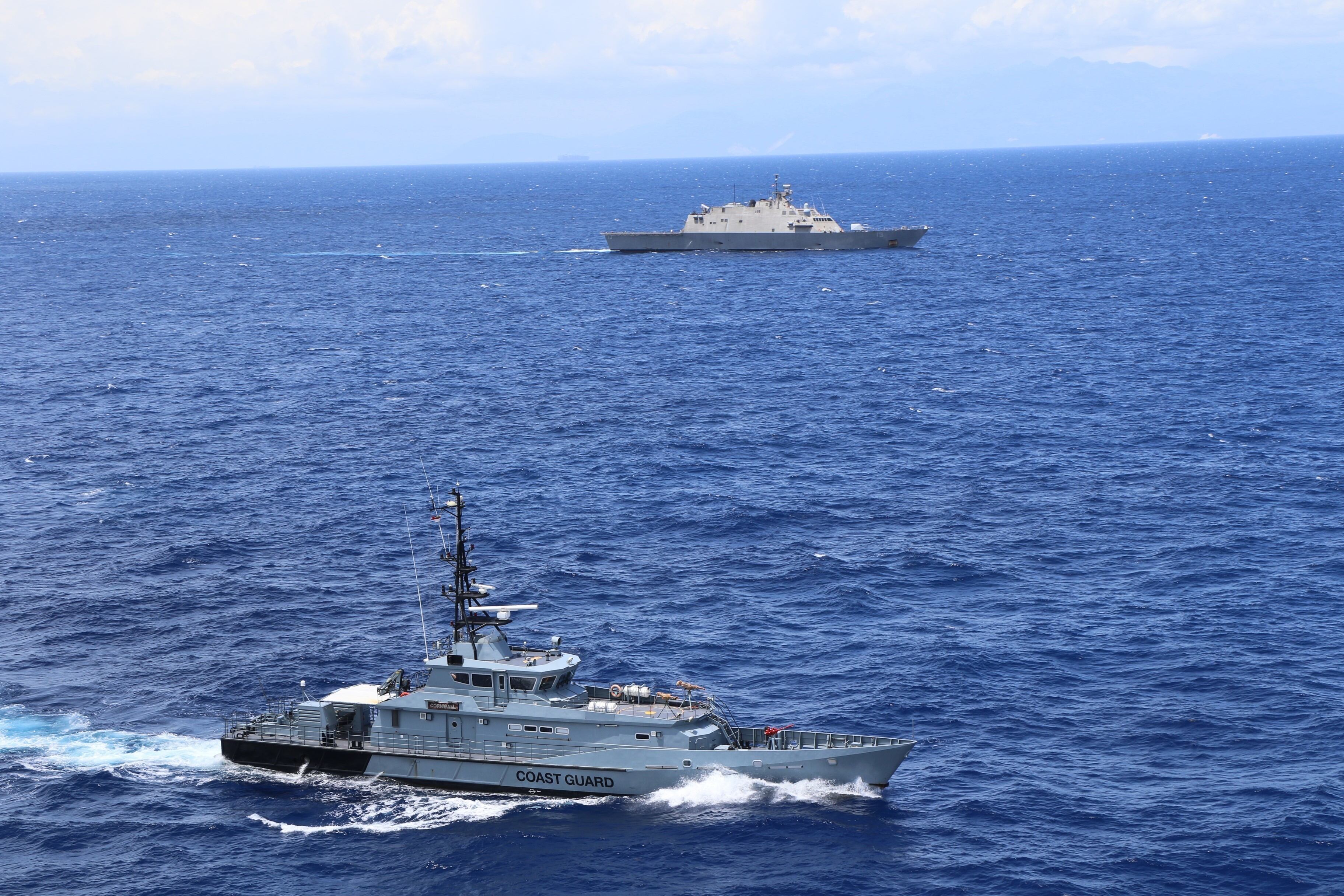
Seven of his ships are currently conducting fleet operations or training. (The newest one, St. Louis, is in its post-shakedown availability, the first maintenance period following a ship’s commissioning.) Though they are forbidden from operating in two modes to achieve top speeds — operating both the gas turbine and the diesel engine for full power, and using the diesel engine in “boost mode” — Miller said his ships have been “operating successfully under those restrictions. We inspect those gears at periodic intervals to make sure we’ve got no problems with them, and they’re looking great. So we really have confidence in the current operating model.”
The Freedom-class combining gears have a history of problems, with LCS Milwaukee suffering a propulsion casualty later linked to the combining gear and having to be towed back into port in 2014.
In 2020, Little Rock departed Mayport in February for its maiden deployment and had to return about six weeks later due to propulsion problems. After the Navy put some operational restrictions in place while it investigated the issue, Detroit suffered a similar failure in late October and had to return home.
“Initially when we had the failure on Little Rock, the answer was, hey, we restricted the use so you’re no longer going to operate in a combined mode. And we thought that was sufficient to stop the failures as the engineers were going in to figure out exactly what was failing. What we found out then later after that was, when Detroit had the failure, is that it was more than just that combined mode; it was actually the torque on that clutch when the diesel engine was operating under the higher loads, causing the same degradation and failure,” Miller explained.
He said Billings, which commissioned in August 2019 and was undergoing its post-shakedown availability at the time, was key to identifying the source of the design flaw. The bearings in Billings’ combining gear had degraded during at-sea trials but not failed yet, helping point the engineers to the specific source of the problem.
Aside from a short standdown after the Detroit failure, Miller said operations have continued uninterrupted. Under the LCS blue-gold crewing model, the ships go down to 4th Fleet with one crew and spend several months conducting counter-trafficking missions with Coast Guard law enforcement detachments, as well as conducting training and presence missions in locations the Navy typically hasn’t been able to access.
Due to the ships’ size, “we’re taking LCS into ports down there that we haven’t pulled into in decades, in Jamaica and the Dominican Republic and some other areas,” Miller said.
The ships then come back to Mayport, swap out crews, and go back to 4th Fleet for another few months.
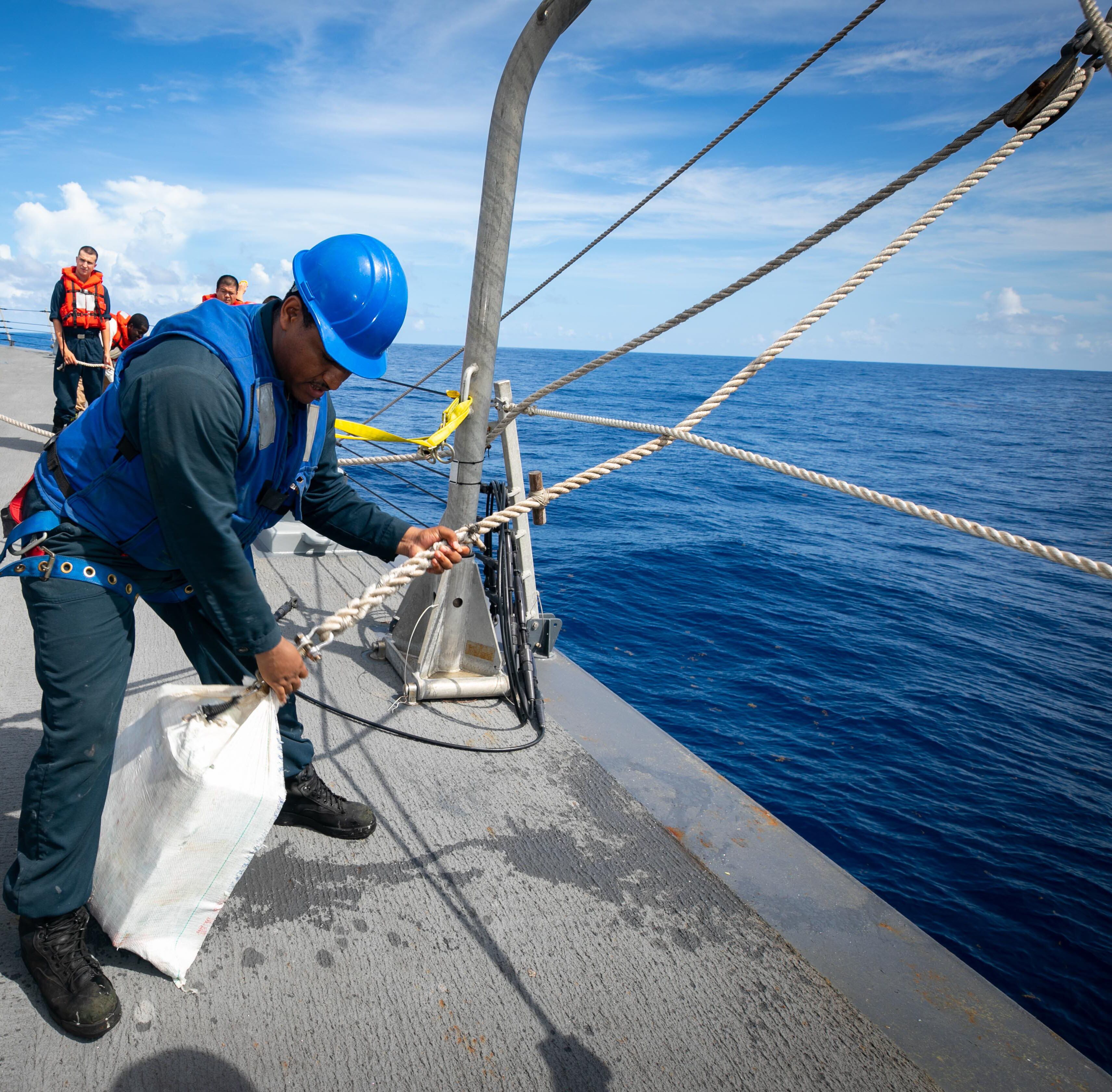
Still, with some uncertainty and risk involved, the Navy decided not to push any Freedom LCSs forward to the Middle East. Earlier plans called for a 2018 first deployment to Bahrain, the U.S. 5th Fleet headquarters, a date that has been repeatedly pushed back.
Miller said LCSRON 2 had been preparing for a 2020 deployment through U.S. 6th Fleet and into 5th Fleet, but that deployment was put on hold as the Navy worried about having Freedom hulls too far from home with potential combining gear failures looming.
Now, he said, the squadron is dusting off that work — potential locations for ship maintenance in the region, potential sources of logistics, and so on — and will resume that preparation work in 2022 to inform a final decision on when to make that first deployment to the Middle East.
Despite missing out on the move into Bahrain, Miller said the squadron has kept busy in local waters as it awaits the combining gear fix. The Navy said it would look hull-by-hull to determine the right time to install the fix, which involves removing a significant amount of equipment from engineering spaces to access the combining gear, and it’s unclear how quickly some of the ships in the fleet will get that repair made.
During the pause in ship deliveries in 2021, Miller said LCSs weren’t waiting idly at the Fincantieri Marinette Marine Shipyard in Wisconsin where the Freedom LCSs are built. The Navy has begun conducting work that would typically be done during the post-shakedown availability, ensuring the ships will have a shorter PSA once they get to Mayport and be ready for fleet tasking sooner, Miller said.
As for the crews of those ships stuck in Wisconsin, Miller said they’ve not only had more time to train at the LCS Training Facility in Mayport and are therefore more mature than most pre-commissioning unit (PCU) crews, but he said he’s also used some of those personnel to fill any gaps in the crews of ships about to go on deployment.
LCS has a minimal manning model, with a core crew of about 73 sailors, plus an aviation detachment of about 20 sailors. While larger ships ensure about 95% of billets are filled for deployment, that has to be 100% on LCS because of the already-high workload for each sailor in the small crew.
“Providing even a ship of 73 core people, having 100% of that crew onboard and ready to deploy is a challenge. So those pre-comm crews that are out there that have gone through the training; that becomes a primary pull that we use to help augment those deploying ships,” Miller said, which then gives some sailors at-sea experience that they can take back to their own ships and use when it comes time for their own pre-deployment workups.
Additional readiness concerns
Though the combining gear failures were the most visible challenge to LCS readiness, they were not the only ones.
“It’s no secret that LCS has had reliability challenges,” Miller said. Even before the surface navy stood up an LCS Task Force in June, LCSRON 2 was working with Naval Sea Systems Command and the Program Executive Office for Unmanned and Small Combatants to address some problems through an LCS Strike Team.
Defense News reported in June the LCS Strike Team, alongside the newly established LCS Task Force, had identified 32 reliability problems and were focused on five for the Freedom-variant ships. In addition to the combining gear, that list included issues related to the diesel generator rigid mount, fuel lines, water jets and boat davits.
“We’ve had a lot of successes on that front,” Miller said.
But he’s not stopping there.
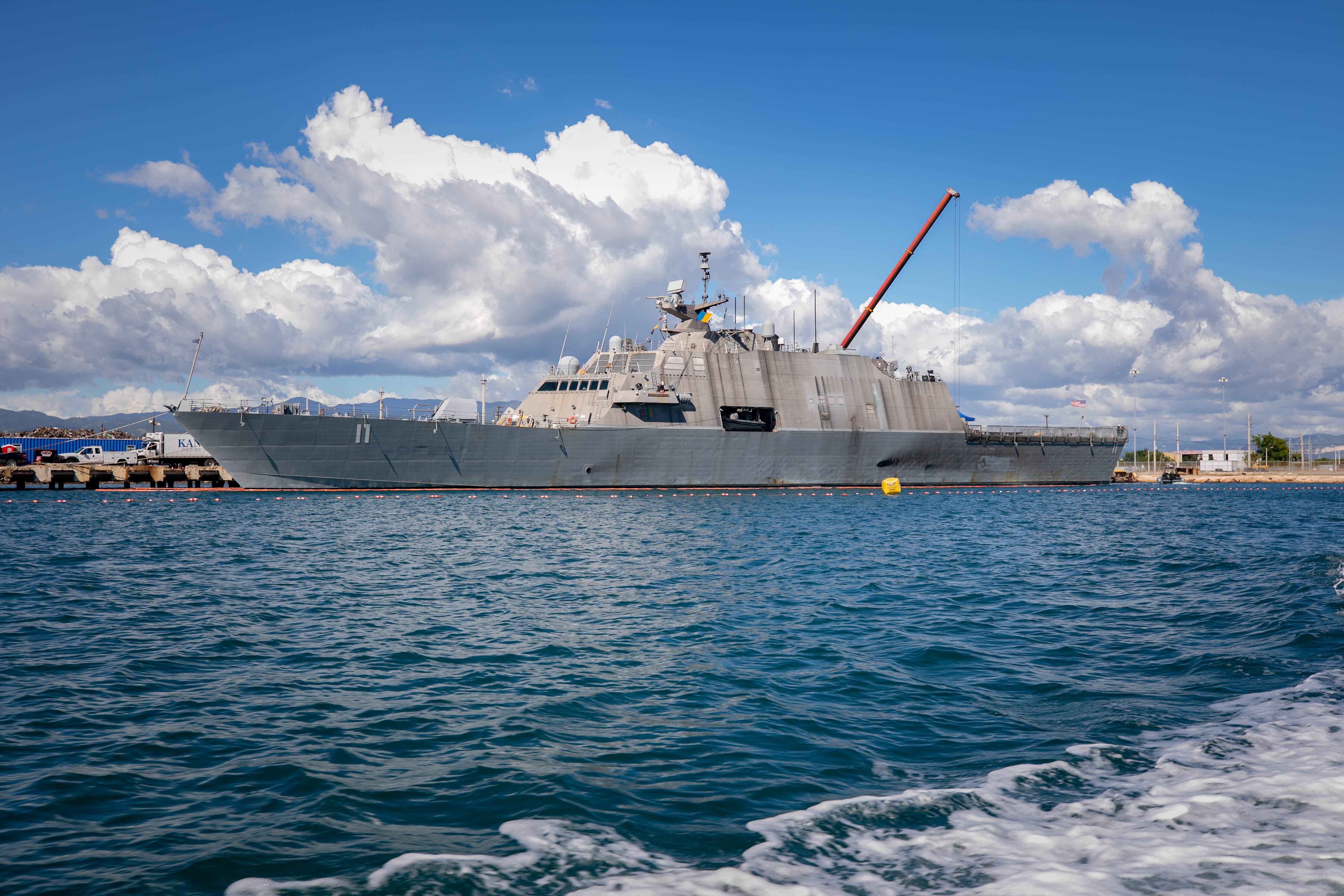
“The other half of that is, we increase the frequency of some of our system grooms, some of our system checks, to make sure that those systems that we still know can be a little bit troublesome and need some more attention are ready to go when the ships go downrange. And really a combination of both those efforts is what’s making us highly successful in our recent deployments: we’re able to operate the class and really get the most out of them,” the commodore said.
Additionally, LCSRON 2 had started looking at alternate maintenance models even ahead of the LCS Task Force, and that effort is taking on a more formal nature now, Miller said.
Due to the small crew size, the original maintenance model for LCS called for monthly maintenance events, each about a week long, which would be done at the pier by contractors. While that plan made sense from a manning perspective, Miller acknowledges that it takes away from the operational availability of the ship: not only is the ship sidelined for a week a month, but it also can’t stray too far from its maintenance hub to keep transit times short to and from the monthly maintenance.
Miller described two efforts to address this challenge.
First, when Billings was tasked with supporting the disaster relief effort in Haiti following a 7.2 magnitude earthquake in August, it was accompanied by Spearhead-class expeditionary fast transport Burlington with an LCS maintenance team onboard. Even as Billings was at sea supporting the earthquake victims, Burlington and the maintenance team were alongside and conducting the monthly maintenance work in stride.
Second is a look at new periodicities for the scheduled monthly maintenance. Squadron officials had wondered if they could move some actions to every other month, according to Miller. Would that provide greater operational availability and would it hurt the ships’ readiness, he asked.
Miller said the squadron used LCS Wichita to start getting answers. Because Wichita is designated a training ship and therefore has a larger single crew, as opposed to the 73-sailor, blue-gold crews, it switched to a model of doing formal maintenance availabilities at the pier every other month and doing certain checks informally on the off months with the crew. It began that model while in port and carried it through a deployment from February to July.
That effort has since been formalized through the LCS Task Force, with NAVSEA and research group CNA helping determine the risks and benefits of this model. Miller said the task force is considering implementing this new maintenance model across all the Freedom LCSs, though nothing has been officially decided yet.
Megan Eckstein is the naval warfare reporter at Defense News. She has covered military news since 2009, with a focus on U.S. Navy and Marine Corps operations, acquisition programs and budgets. She has reported from four geographic fleets and is happiest when she’s filing stories from a ship. Megan is a University of Maryland alumna.


